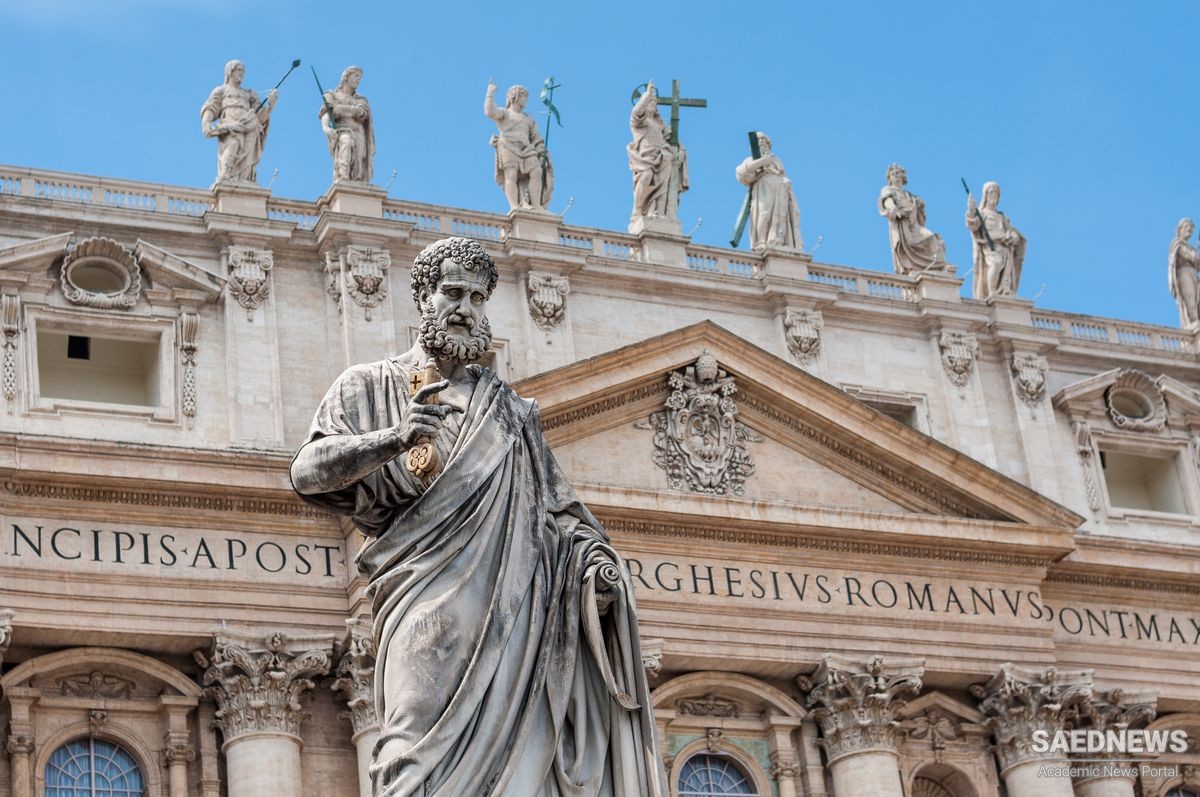Spiritual destination management involves responsibility for satisfying the needs of pilgrims and religious tourists. Motivations for pilgrimage will differ from those of religious tourism, and it is these differences that can have a significant impact on the ability of destination managers to satisfy their ‘customers’. We can see that, whilst it is the experience at their destination that has significance for the religious tourist, perceptions will be different for the pilgrim, since the destination constitutes only one part of the experience of pilgrimage. Experiences along the pilgrim route are an integral element, affecting the whole travel experience.
Visitors to sacred sites can be classified as: ● Pilgrims visiting sacred sites that have meaning for them. ● Religious tourists. ● Secular tourists. ● Pilgrims visiting sacred sites that have no religious meaning for them (tacked on to the end of pilgrimage). ● Religious festival and religious event participants.
Motives for visiting the sacred site have been found to affect behaviour, in that pilgrims are more likely than any other visitor to subscribe to overt and covert norms at sites that hold religious significance for them. Conflict over clothing conventions, in particular, are a frequent cause of conflict: it is not uncommon to see people wearing shorts and vests at religious sites where prominently placed signs ask visitors to cover their heads, shoulders and legs. Taking photographs of religious rites is forbidden in certain areas of the world, yet several incidents of violence have been reported where local custom has been flouted.
It is clearly imperative that, given the rise in pilgrimage and religious tourism, the management of religious destinations and pilgrimage routes is informed by an understanding of what motivates these categories of traveller and to what extent, if at all, their expectations can be satisfied. Even though the prime motivation is religious, motivations and expectations change over time: it is claimed, for example, that improved transport facilities and the greater wealth of prospective pilgrims have led to increasing commodification of sacred sites, thus raising expectations of quality.


 Pilgrimage and Religious Tourism in Ireland
Pilgrimage and Religious Tourism in Ireland














































